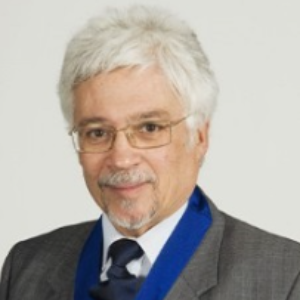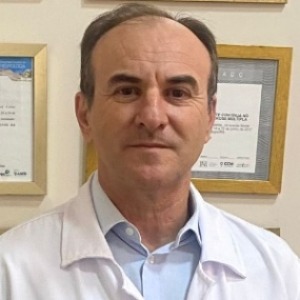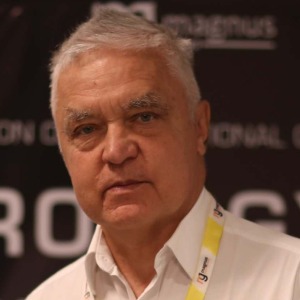Autonomic Nervous System
The autonomic nervous system (ANS) is composed of two main parts: the sympathetic and the parasympathetic nervous system. It is the part of the nervous system responsible for maintaining homeostasis, which is the balance of physiological processes in the body. The ANS regulates a wide range of bodily activities, including digestive, cardiovascular, endocrine, pulmonary, and other functions. The sympathetic nervous system is activated during times of stress or danger and is often referred to as the “fight or flight” response. It prepares the body for physical exertion by increasing heart and respiratory rates, dilating blood vessels to increase blood flow to the muscles, and releasing hormones such as adrenaline into the bloodstream. On the other hand, the parasympathetic nervous system is often referred to as the “rest and digest” response. It is active when the body is not responding to a stressful situation and is involved in processes such as digestion, bladder control, sexual arousal, and relaxation. It slows heart rate, decreases blood pressure, and relaxes muscles. The ANS helps control unconscious functions such as breathing, heart rate, digestion, and pupil dilation. The ANS also has a role in conscious behaviors such as sexual arousal, appetite, and learning and memory. If any of these functions become disrupted, it can lead to a variety of symptoms and health issues. By communicating with the central nervous system, the autonomic nervous system helps to regulate essential bodily functions. Through this communication, the body can maintain homeostasis and respond appropriately to environmental and internal stimuli. The autonomic nervous system is an incredibly important part of maintaining a healthy functioning body.

Ken Ware
NeuroPhysics Therapy Institute, Australia
Robert B Slocum
University of Kentucky HealthCare, United States
Yong Xiao Wang
Albany Medical College, United States
W S El Masri
Keele University, United Kingdom
Jaqueline Tuppen
COGS Club, United Kingdom
Milton Cesar Rodrigues Medeiros
Hospital Santa Casa de Arapongas, Brazil




Title : Perception and individuality in patient cases identifying the ongoing evolution of Myalgic Encephalomyelitis/Chronic Fatigue Syndrome (ME/CFS)
Ken Ware, NeuroPhysics Therapy Institute, Australia
Title : Narrative medicine: A communication therapy for the communication disorder of Functional Seizures (FS) [also known as Psychogenic Non-Epileptic Seizures (PNES)]
Robert B Slocum, University of Kentucky HealthCare, United States
Title : Rabies: Challenges in taming the beast
Alan C Jackson, University of Calgary, Canada
Title : Neuro sensorium
Luiz Moutinho, University of Suffolk, United Kingdom
Title : Traumatic Spinal Cord Injuries (tSCI) - Are the radiologically based “advances” in the management of the injured spine evidence-based?
W S El Masri, Keele University, United Kingdom
Title : Personalized and Precision Medicine (PPM), as a unique healthcare model through biodesign-driven biotech and biopharma, translational applications, and neurology-related biomarketing to secure human healthcare and biosafety
Sergey Victorovich Suchkov, N.D. Zelinskii Institute for Organic Chemistry of the Russian Academy of Sciences, Russian Federation